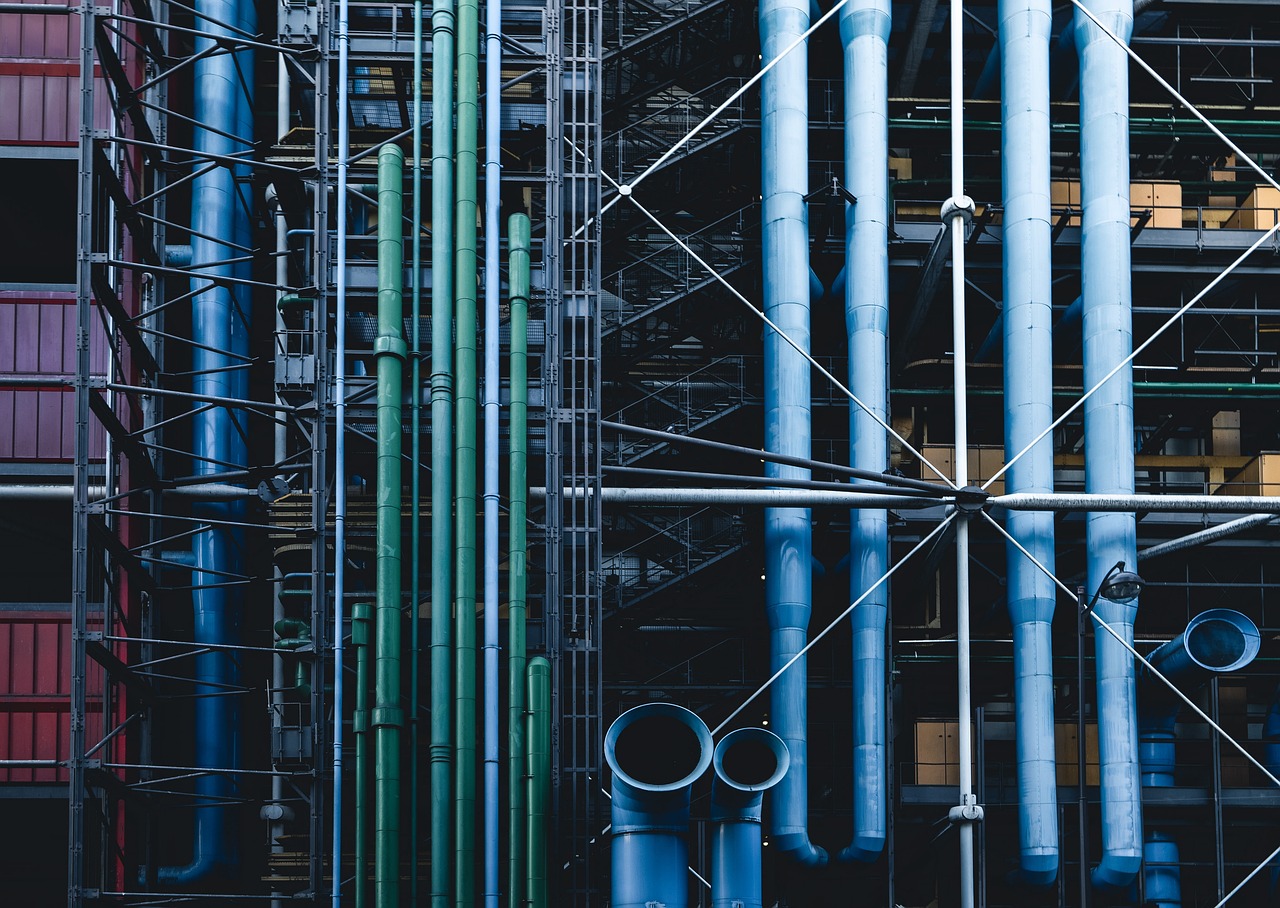There are many different ways to repair pipes, but one of our top choices is CIPP lining. It’s an effective and simple solution that will likely reduce your downtime. It will also save you costs from digging and excavation. Many people are surprised when they discover just how easy pipe repair can be. While CIPP can’t fix everything, it can fix the majority of repair and maintenance needs.
But how does it work? In this guide, we will walk you through the process and exactly what makes CIPP work as a solution.
How Does CIPP Lining Work?
There are five basic steps to any CIPP use. While different pipes will have different needs, the process remains the same across the board. In all actuality, the entire process comes together to make this a feasible solution.
The process looks a little something like this:
- Camera inspection
- Clean or clear pipes as needed
- Insert CIPP liner
- Curing and drying
- Final inspection
Camera Inspection
We always start with an inspection so we know exactly what we are up against. In large-diameter piping, we use a small robot with an attached camera for this inspection. Anything that isn’t large piping is inspected using an electronic snake with a small camera on the end. Here, we can assess the damage and determine whether CIPP will be effective.
Clean or Clear Pipes
If your pipes are clogged up or have any kind of blockage, this has to be cleared in order to insert the liner. In some cases, no clearing is needed. However, in most cases, we will flush and clear the lines to be sure we have a clean and clear working surface.
Insert CIPP Lining
It’s time to insert the liner into place. We access the pipes through a utility hole cover or access point. This means no digging is required for the task. We put the liner into the pipe and place it accordingly. This liner is very thin material that will adhere to the pipe and create the fix we need.
Curing and Drying
Depending on the situation, it may take up to 24 hours for your liner to appropriately dry and cure to the pipe. In most cases, it takes less time than that. The process can be sped up using LED, hot air, or steam to speed up curing.
Final Inspection
Once the liner is in place and has cured, we complete a final inspection. This is a QA inspection. The intent is to ensure the liner worked as it should and the repair is complete.
So what makes CIPP work? Well, it’s all of it. When you hire a professional who understands the process and will make sure it’s done right, you have a long-lasting solution.
Advanced Pipe Repair Provides CIPP Lining Services
When you need pipe repairs you can depend on and don’t want to worry about digging, we’ve got you covered. We’ve been serving the pipe repair industry for more than 25 years and have the best equipment to take care of CIPP repairs. Contact us today to get your repairs taken care of.

